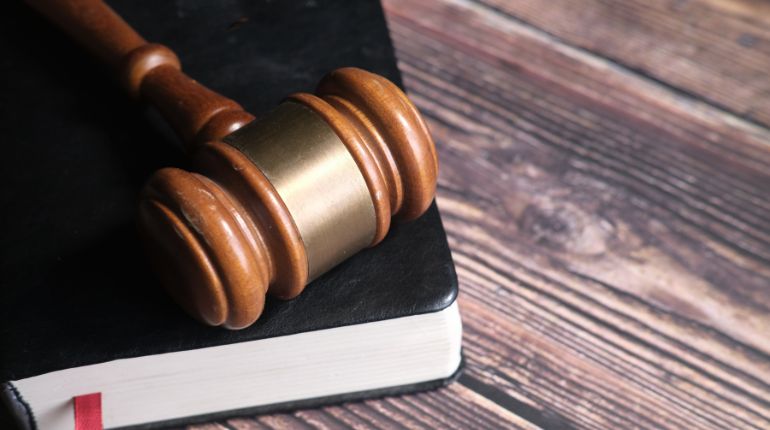Is it viable or not to eliminate the visit in the commercial insolvency process in Mexico considering Chapter 11?
The U.S. Chapter 11 is one of the most effective and in-demand corporate insolvency procedures. It has been adapted to assist at-risk companies in achieving a true debt restructuring.
In Mexico, over the past few decades, matters related to commercial bankruptcy have become increasingly relevant in both the economic and legal spheres. This is primarily due to economic crises that Mexican companies have faced, leading them to seek insolvency declarations in accordance with U.S. laws when their creditors are located in the United States.
The U.S. Chapter 11 procedure enjoys a reputation as an effective mechanism for debt restructuring because it provides various benefits and advantages to companies undergoing insolvency proceedings. Without the need for a prior stage, this resolution offers greater protection to companies that continue to operate. It allows them to immediately benefit from the Stay (suspension) and the creation of the Estate (bankruptcy estate), thereby preventing creditors from seizing or disposing of the trader's assets. Consequently, the company can continue its ordinary operations.
The reasoning behind this regulation is based on the legislature's estimation that the serious repercussions of an insolvency procedure would dissuade very few companies from attempting to file for voluntary insolvency when it is unnecessary, or when there is no debt with their creditors that jeopardizes the company.
In Mexico, commercial insolvency proceedings aim to reach an agreement between a company and its creditors during the conciliation phase. However, in practice, there is necessarily a "preliminary" phase before the conciliation or bankruptcy stage, as the case may be, which is commonly known as the "visita" (visit).
During this stage, the IFECOM appoints a specialist called a "visitador," who acts as an auditor to review the company's financial records and books in order to determine whether the company is insolvent or not, in accordance with Articles 9 and 10 of the Commercial Insolvency Law.
On the other hand, if the company needs to suspend any type of execution or seizure during the visit stage, it must request a precautionary measure from the Judge, demonstrating the preliminary elements to determine the widespread breach of its obligations, the urgency of obtaining such measure, and that it is intended to protect the bankruptcy estate. This regulation seems appropriate to me until companies in Mexico are sufficiently regulated to prevent them from attempting to surprise with precautionary measures when they are not yet insolvent.
In the opinion of the undersigned, the elimination of the visit stage in the commercial bankruptcy process is not feasible, much less advisable. Precautionary measures should be granted more expeditiously by the Judges specialized in Bankruptcy Matters, and necessary sanctions should be imposed on the company if it is proven during the visit that it was not insolvent and that the measures were only requested to evade payment obligations.







